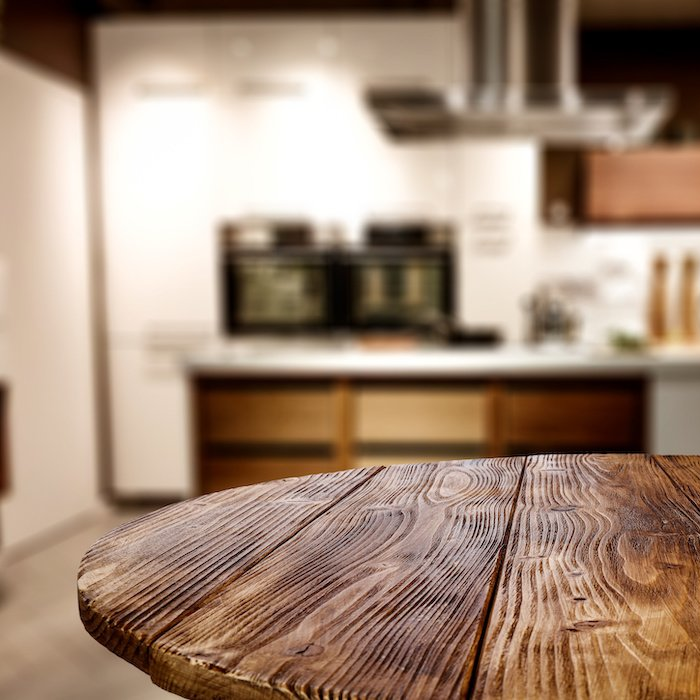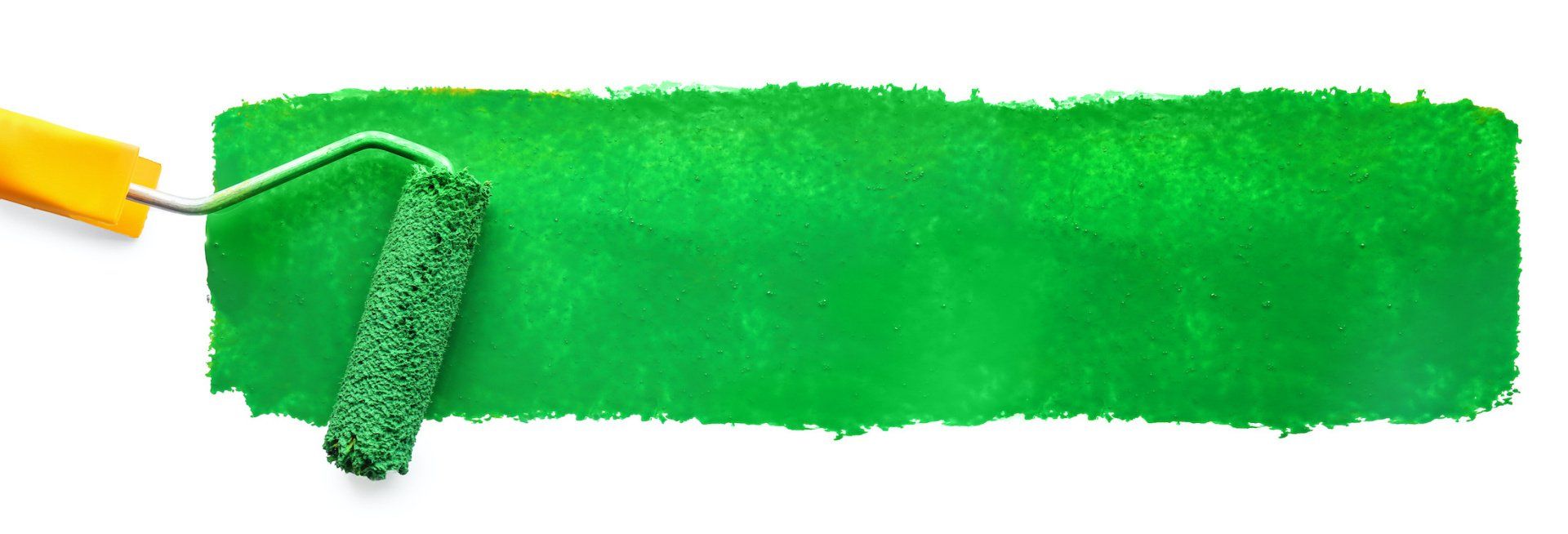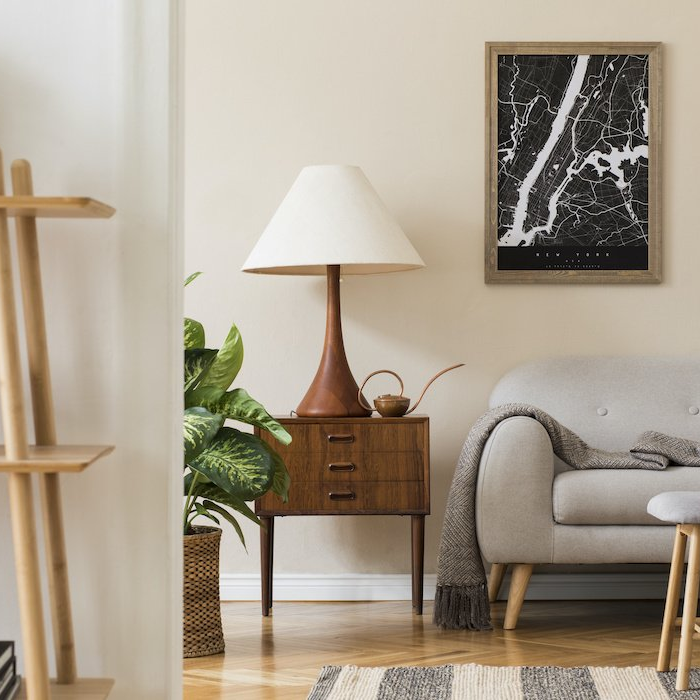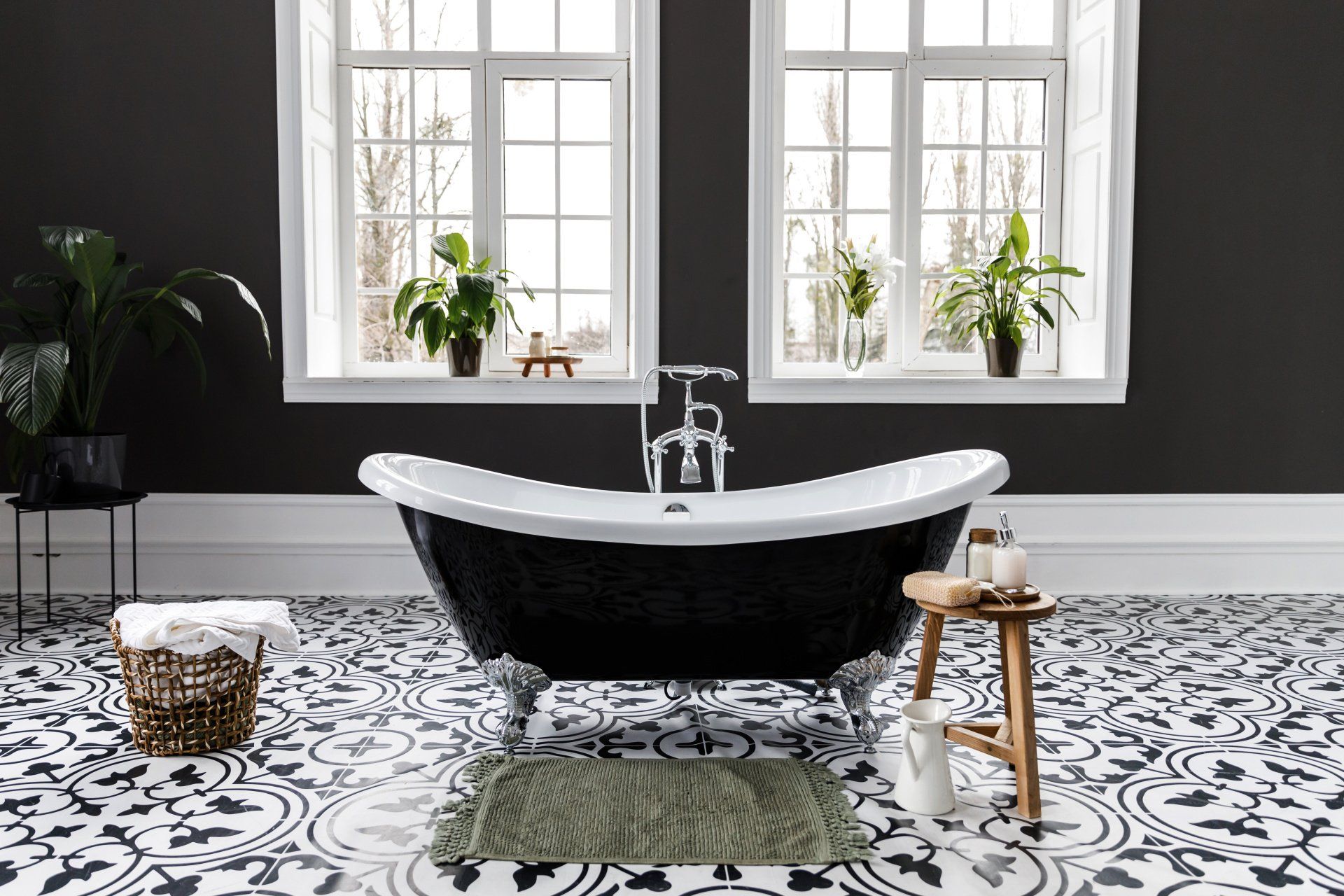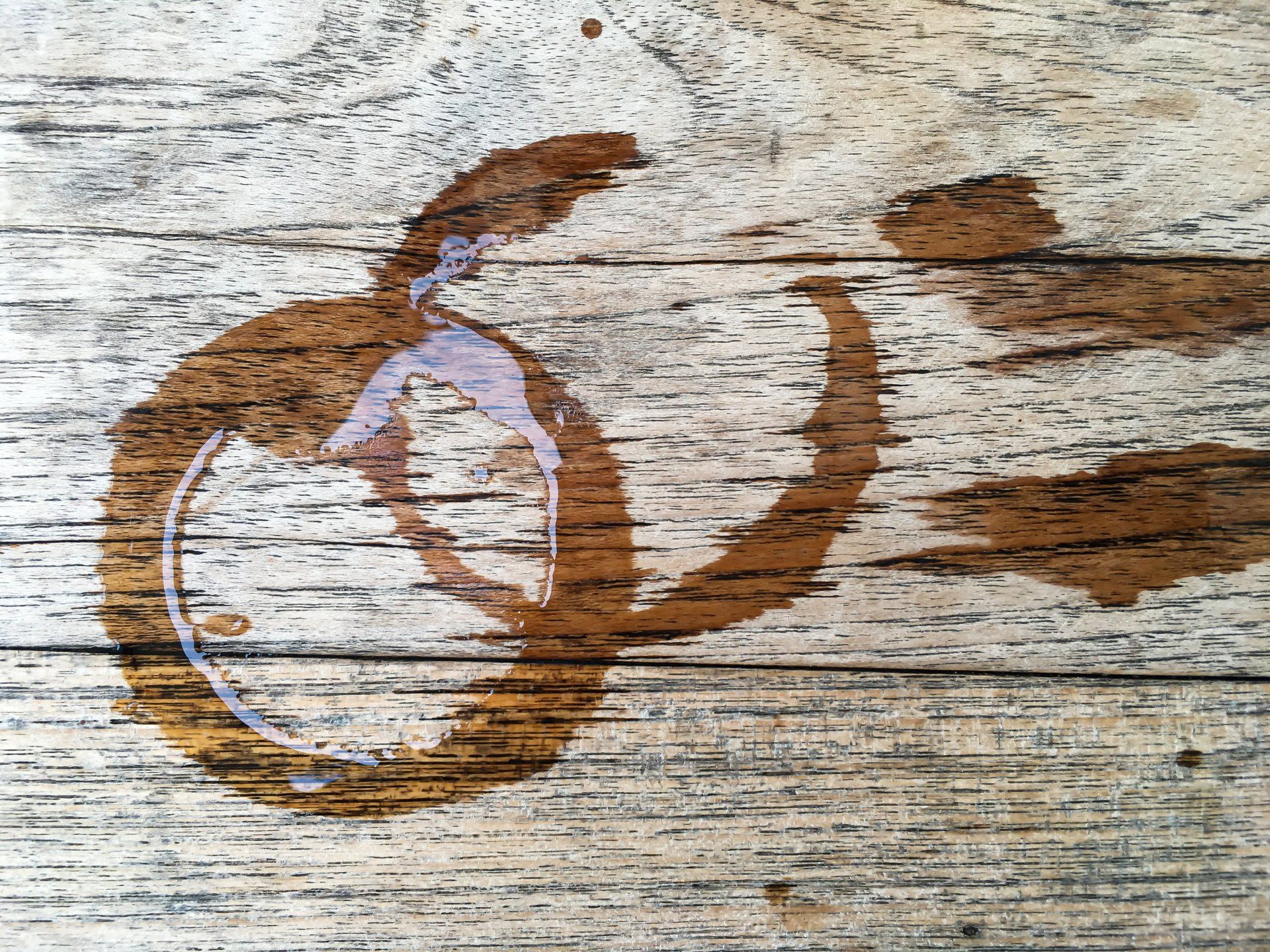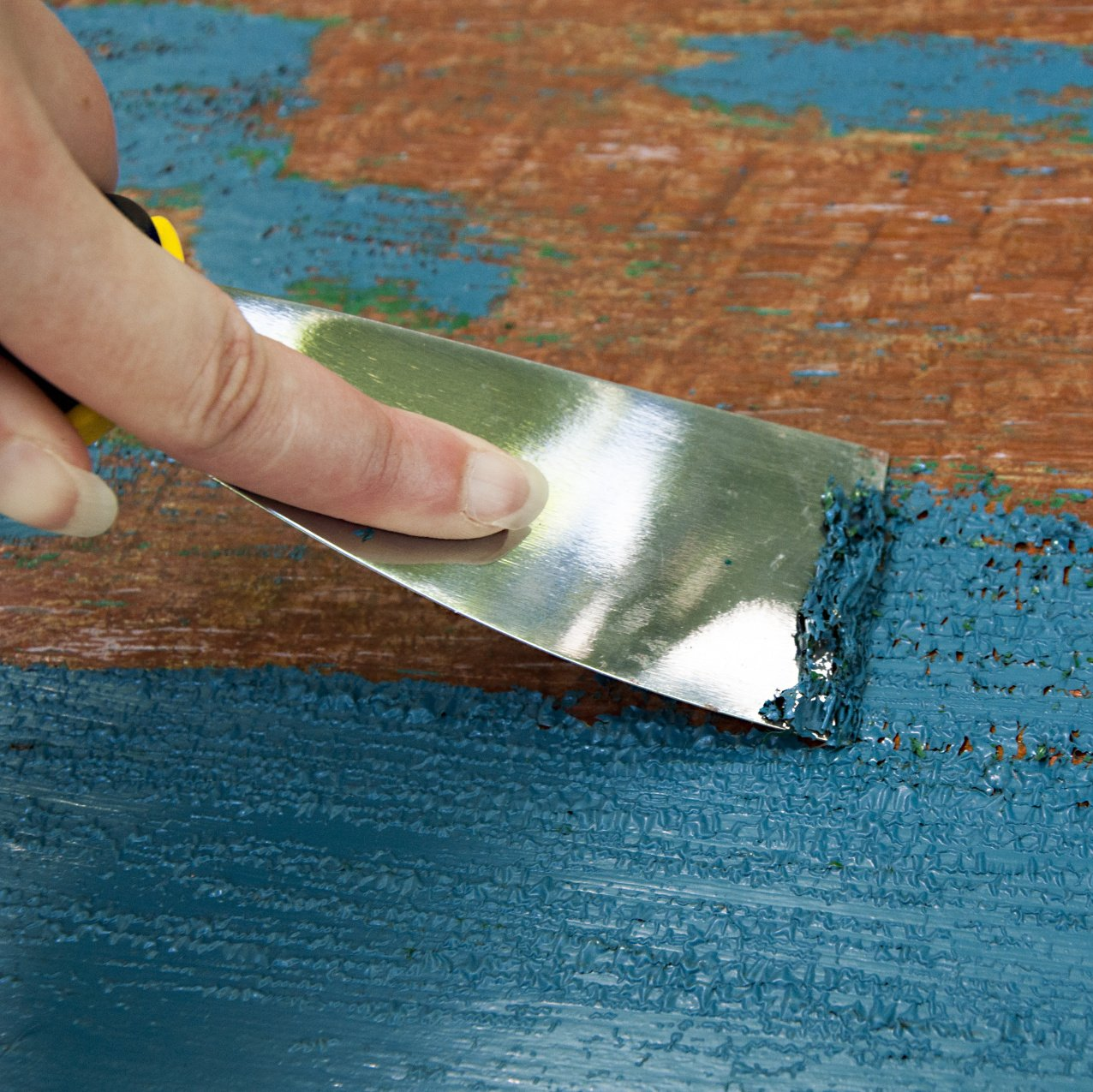How to Remove Paint from Walls
Sam Lutz • August 19, 2019
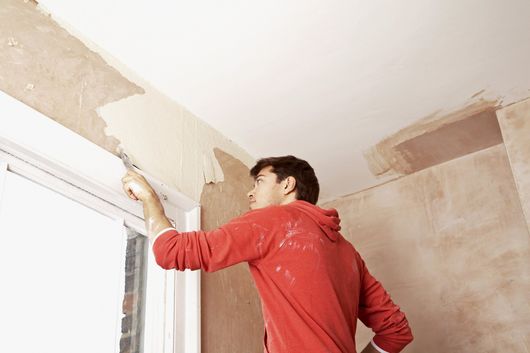
You’re looking forward to a home DIY painting project, but the old, crusty paint is in the way. The old paint is peeling, so it just won’t do to paint over it. Removing the old paint is the only option. We’re talking about stripping paint from the wall(s), and it’s a long process. Luckily, acrylic (oil) and latex (water) paints are removed in the same way. Follow these steps to make the process a bit easier.
Preparing to Remove Paint
Removing paint from drywall is both tedious and messy. Before breaking out the scrapers and chemical agents, get the room ready. You’ll want to move any large furniture pieces at least two feet away from the workspace, but ideally, out of the room. Slip into some old, comfy clothes and then lay down a few drop cloths to catch the debris. Since dust will be flying about, consider opening a window or positioning a fan nearby to promote ventilation
How to Remove Paint from Walls Manually
Paint can be removed with both tools and chemicals, and each is effective at different stages of the cleanup. When you manually remove drywall paint, hand tools are your best friends. In the event the paint is already damaged, you have an advantage because it has already begun to loosen. Take a wire brush and scrape it along the areas that paint has already bubbled or chipped. Doing so is a good starter for heavy duty paint removal with a scraper.
After removing the lighter debris, you’ll need a sharp scraper for the heavy lifting. Depending on the condition of the paint, large areas may easily be peeled off by carefully working the scraper underneath the paint bubbles. Smaller scrapers and tools are available to reach tough corners, but you’ll likely need a chemical paint stripper to reach the finish line.
Tools Needed:
- Wire Brush
- Paint Scraper
How to Use Chemicals to Remove Paint from Walls
All paints respond to chemical removal, but the type of paint stripper may vary depending on whether you’re getting rid of acrylic (oil) or latex (water) paint. Check the label at the hardware store before purchasing to ensure you have the correct compound. Aside from this, chemical removal is pretty straightforward.
Paint strippers are sold as both liquids and gels, and each is equally effective. However, if you want to minimize the mess, however, use gel, which doesn’t run down walls quite as much. To apply paint stripper, use a brush or roller (depending on the surface area) and apply liberally to the wall(s). Let sit, per the instructions on the label, before peeling back the dried stripping compound (and accompanying paint) with a putty knife or paint scraper.
Tools Needed:
- Paint Stripping Compound
- Putty Knife/Paint Scraper
Optional: Sanding
For safety reasons, sanding the wall(s) is an optional step. You’re likely kicking up a fair bit of debris and dust just by scraping the paint anyway, and additional dust from the sanding process will linger in the air far longer.
That said, if sanding becomes necessary, try not to do too much of it, and break out that handy wire brush again. If you have access to an orbital sander with safety features like dust extraction to minimize workspace pollution, sanding might be a viable option for you. Just attach a 60 or 80-grit sanding disk and get to work—wearing all safety equipment (earplugs, goggles, mask), of course. Be sure to keep the sander in constant motion and limit pressure to avoid damaging the wall(s).
Find the Best Paint Products at Ace Paints and Unfinished Furniture
After the hard work of removing old paint is complete, you have a new adventure to look forward to: repainting! That’s where we come in. Ace Paints offers the finest paint products for your next project, from major manufacturers like Sikkens and Benjamin Moore. Stop in today
and trust Ace for next repainting project.
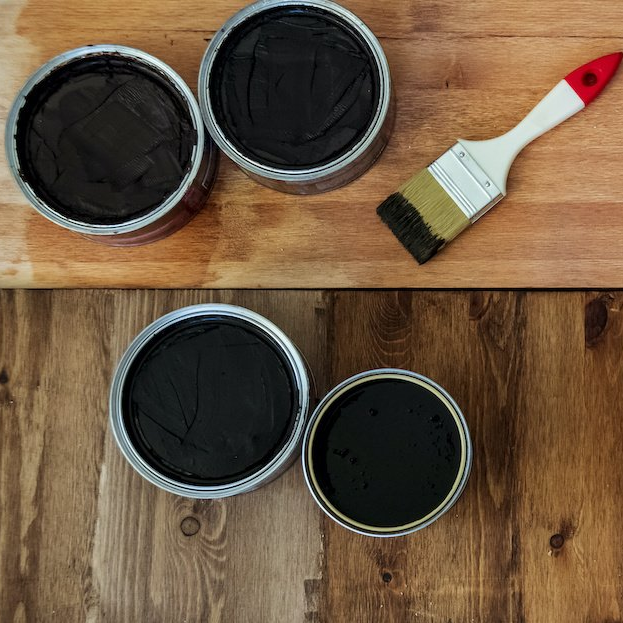
One of the wonderful things about good wood furniture is that it doesn’t have to be merely functional. It can be beautiful as well. We’ve seen some amazing pieces made with wood stains that are more than just furniture, they’re works of art. So if you’ve got an old table, desk or other piece of wood furniture that needs jazzed up, why don’t you consider using some of our great stains to try one of these ideas.

